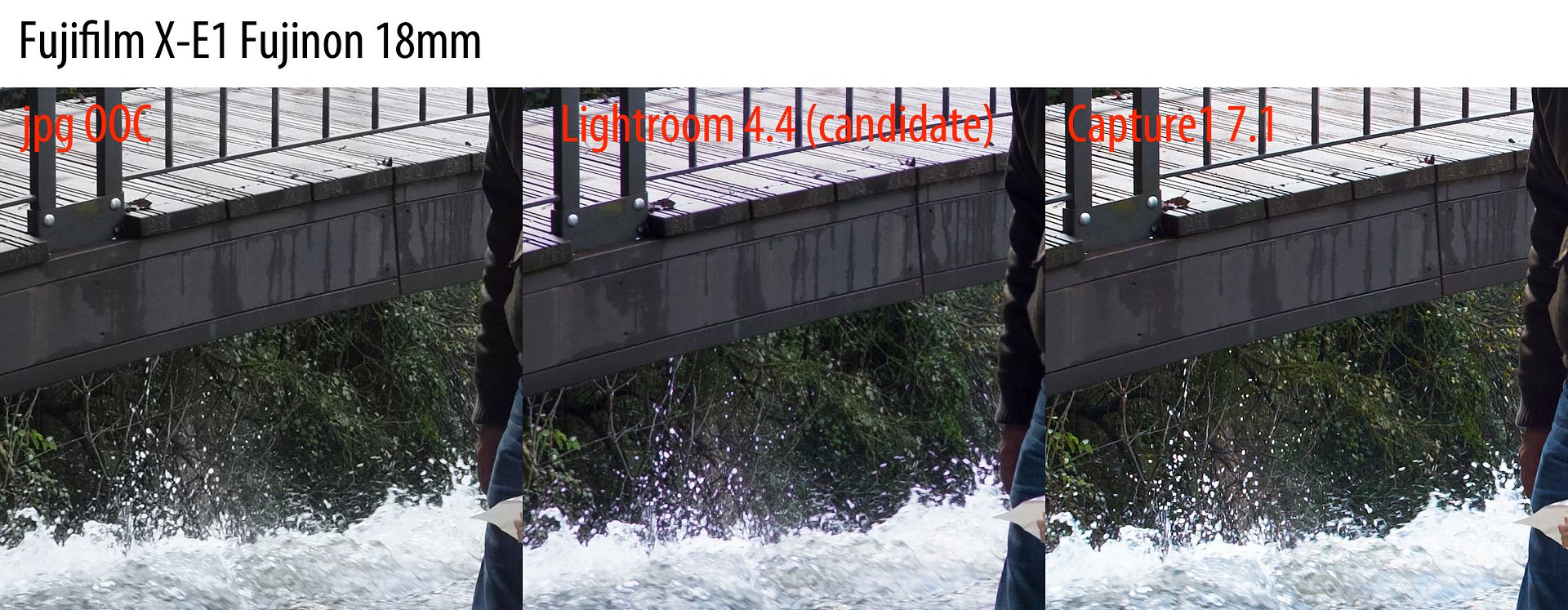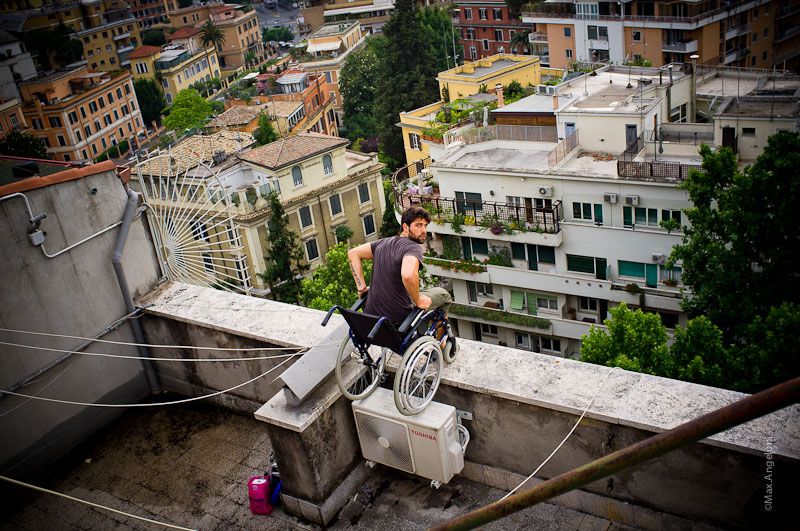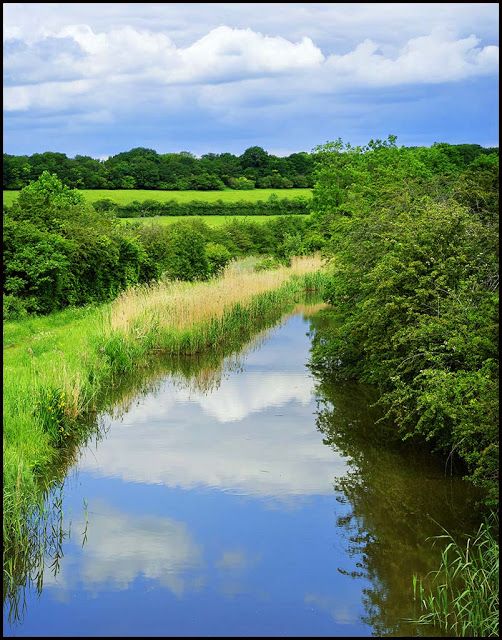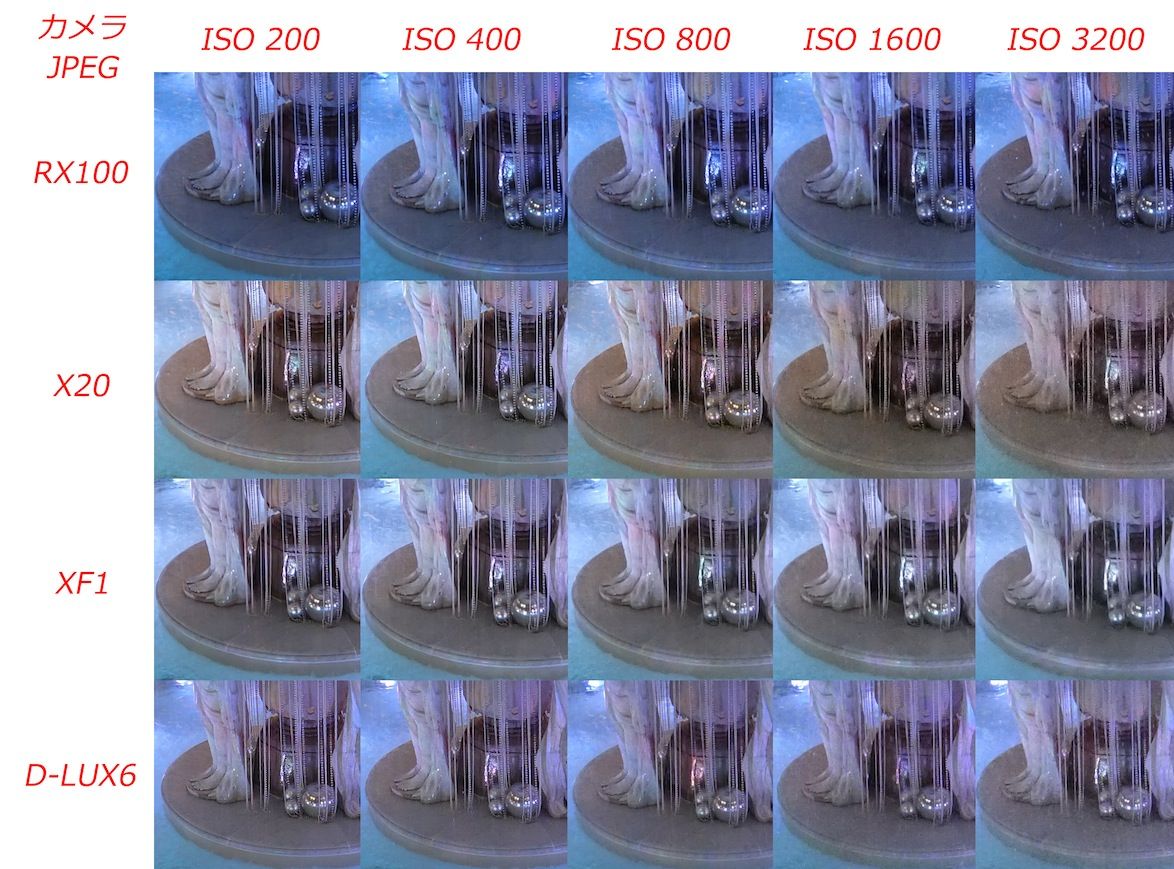This friday we have a guest author here on Fujirumors. It’s Jan Vogelaar, author of various books like “Contarex, Contax G & Leica M Lenses Guide to Digital Imaging on the Fujifilm X-Pro1” [ebay (click here) or at camerabooks (click here)]. He was so kind to send me an extract of his book.
And don’t worry, Rico Pfirstinger is working on the next X-pert corner articles. Many articles of the X-pert corner are based on Rico’s book ““Mastering the FUJIFILM X-Pro1” (Kindle Edition) (Apple iBook Store) (German version)”. As you may know, Rico is writing all his articles on Fujirumors for free. It would be great if you’d support his great work by purchasing his book. And thanks to all those who already did it.
But now, enjoy Jan Vogelaar’s review. The 35mm lenses tested here are: Fujinon XF35mm / Carl Zeiss Contax G Planar 2.0/35mm / Carl Zeiss Biogon ZM 2.0/35mm / Leica Summicron M 2.0/35mm
Thanks Jan!
A book review by Jan Vogelaar
The development of photographic lenses cannot be complete without Carl Zeiss AG. It was Ernst Abbe of the Zeiss Company who first applied scientific principles to the lens design process, rather than relying on trial-and-error experience.
Ever since the lens design principles by Zeiss are given special names, which nowadays, some for more than a century later, are still used: Tessar (1902), Planar (1896), Sonnar (1929), Biogon (1951) and Distagon (1958). In many ways the history of Carl Zeiss AG is the history of photographic lenses. Carl Zeiss has acquired an excellent reputation for its lens quality, mechanically as well as optically.
Another relevant aspect is illustrated in the next picture, showing the light beam projection angle of the Retrofocus and the Biogon lens design. The angle α-1 of the Retrofocus lens is much sharper than the angle α-2 of the Biogon design lens.
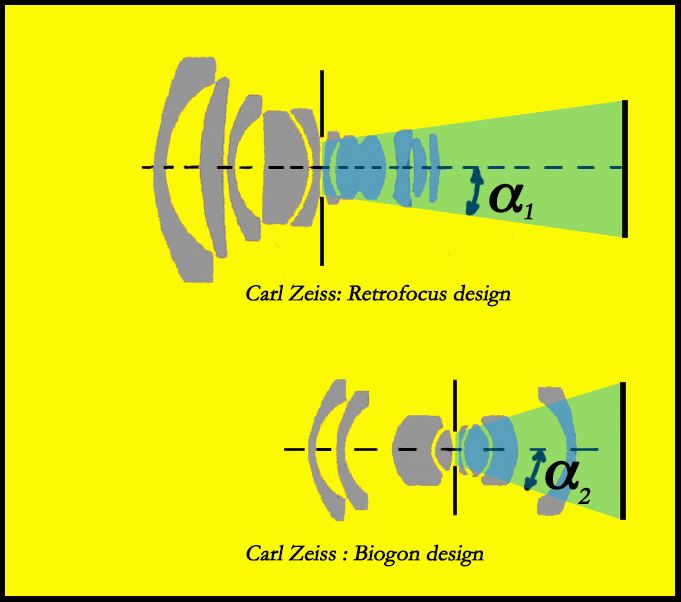
Granted permission by Zeiss, full owner of the biogon and distagon design name and (former) patents
Thus, the edge light beams hit the sensor with an angle of 90o minus α-1 for the Retrofocus design and for the Biogon: 90o minus α-2 degrees.
Imagine a small light beam that hits the sensor activating green collecting pixels and the next beam of the same color hits the red collecting pixels next to it, and then a green/magenta color shift may occur.
The sharper the hitting angles the more chance there is for this color shift. This phenomenon occurs with some Biogon (ánd other) lenses.
Although this is not a complete scientific explanation, now you can understand the origin of the different color shifts that now and then appear in your digital pictures more often with the Biogon type of lens design. All colors should be in focus in exactly the same plane e.g. the sensor’s plane.
PIXEL COUNT & RESOLUTION
The requirements for the sensor’s resolution primarily depend on what purpose the photographer has with his pictures. If the aim is to obtain a picture file for maximum enlargement then the maximum resolution is required. The pixel race is mainly a marketing tool, easy to write about and the general public believes the more pixels the better. However, the number of pixels is most relevant for the size of the picture to be printed. 12 mega pixels are sufficient for any 10” x 18” print.
From a resolution point of view the actual pixels pitch and the optical performance of the lens might well be much more relevant for the registration of finest details in the image. In other words, if the lens resolution is capable to define a 6 micron sized detail, the resolution for the sensor should be capable to do the same. The pixel pitch for a 15 – 20 Mp sensor is app. 6 microns.
Definition: The pixel pitch is the distance in mm between the centers of two neighboring pixels in the pixel array.
Today’s sensors are approaching the capabilities of the best lens designs, at least that is the message that lens designers are now broadcasting.
The main factors limiting the lens performance are:
- Aberrations, which lens-designers try to improve ánd
- Diffraction, which basically is a physical phenomenon.
Aberrations: spherical, coma, axial chromatic, astigmatism, field curvature, are very hard to eliminate
with the high-speed lenses.
Diffraction is an optical effect, which softens the total resolution of the photography, no matter how many megapixels the sensor has.
The designer’s success determines how much resolution and contrast is captured. If the aperture is opened wider, the aberrations are increasing with the bigger aperture openings.
Conclusion: The most relevant parameters, that limit the lens performance, given a particular picture size, are the best optical design and the aperture opening. In general: the aperture openings smaller than F = 16 or 22 already come close to the diffraction limitations.
Definition: Light travels in straight lines, however it begins to disperse or diffract when it is squeezed through a narrow opening e.g. the camera’s aperture.
We will leave the technical and physical background information for what it is and now concentrate on what the purpose of this article is:
The goal is to review and determine the real life and practical results and compare the results achieved with a variety of Zeiss Contarex, Zeiss Contax G and Leica M mount lenses. By showing the results for each lens at full opening, at f = 5.6 (on the table) and at f = 8 the variable of diffraction is not really relevant.
ADAPTERS
A wide variety of adapters are produced, for the Sony Nex mount, the Olympus 4/3rd and micro 4/3rd mount and for the Fujifilm X mount. At the lens end virtually every mount is available:
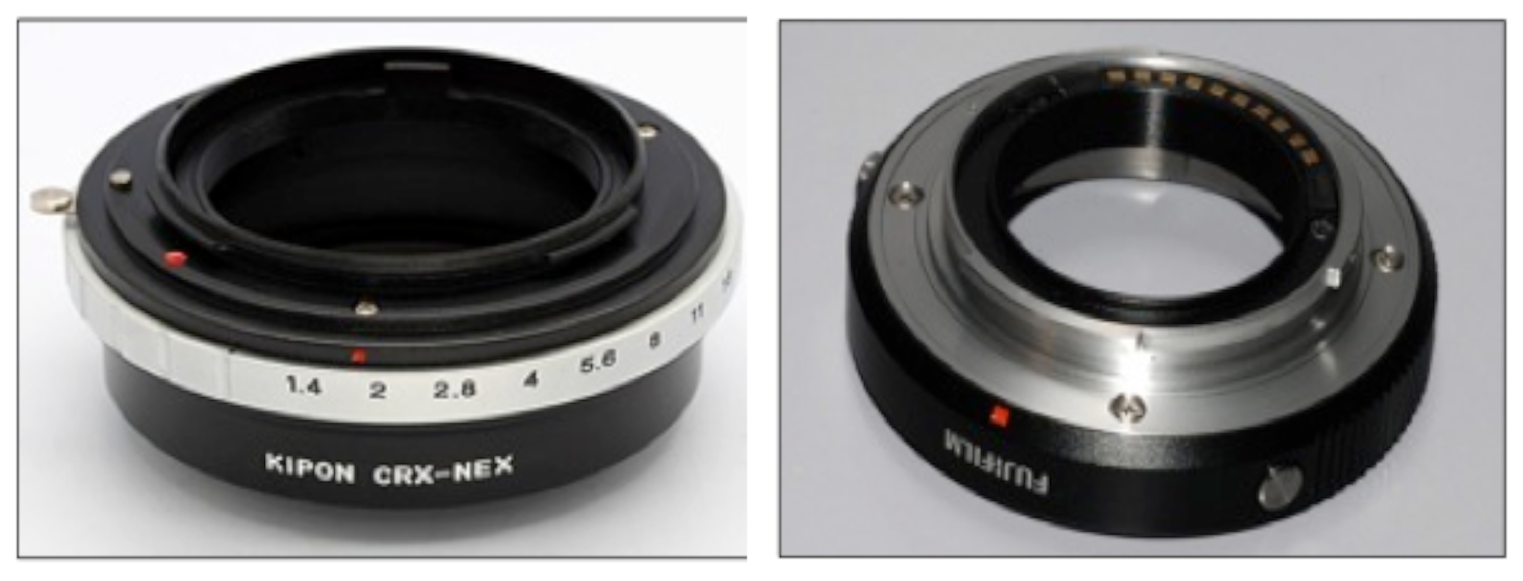
Alpa / C mount (ø 25 mm) / Canon EF / Canon FD / Contarex / Contax & Yashica / Contax G1 & G2 / Exakta / Leica M / Leica R / Leica screw (ø 39 mm) / M42 screw (ø 42 mm 1 mm pitch) / Minolta MD / Nikon F / Nikon G / Olympus 4/3rd / Olympus OM / Pentax PK / Rollei / Sony / T2 (ø 42 mm 0.75 mm pitch)
The main adapter producers are: In Germany: Novoflex, Voigtländer, in China & Japan: Kipon, Metabones, Rainbowimaging, Rayqual and Photodiox.
Furthermore Fujifilm introduced in June 2012 already a fully coupled Leica M adapter including the focal length selection for the Fuji X Pro 1. The design prevents collapsible Leica lenses hitting the interior of the camera.
The Fujinon XF lenses are newly designed for the APS C sensor. Al other lenses in the book however are originally designed for film. Even many new lenses on the digital market today are a modification of film design lenses.
The scores for all lenses are given on a scale of 1 to 10 for sharpness and brilliance, 10 is best. For Color fringing and color aberration the score is also on a scale of 1 to 10. 10 equals totally absent.
All material is produced in a timespan of about 2 to 3 hours and no post-processing for aberrations or sharpness is performed. All files are .jpg from Photoshop and/or the Fuji .jpg in camera engine.
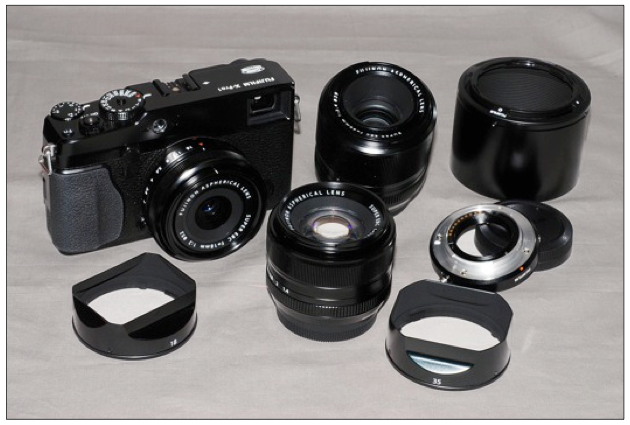
The Fujinon XF lenses are newly designed for the APS C sensor. Al other lenses in the book however are originally designed for film. Even many new lenses on the digital market today are a modification of film design lenses. These considerations made me select the new Fujinon XF lens for the standard.
THE FUJINON XF 1.4/35 MM PERFORMANCE (specs&price)
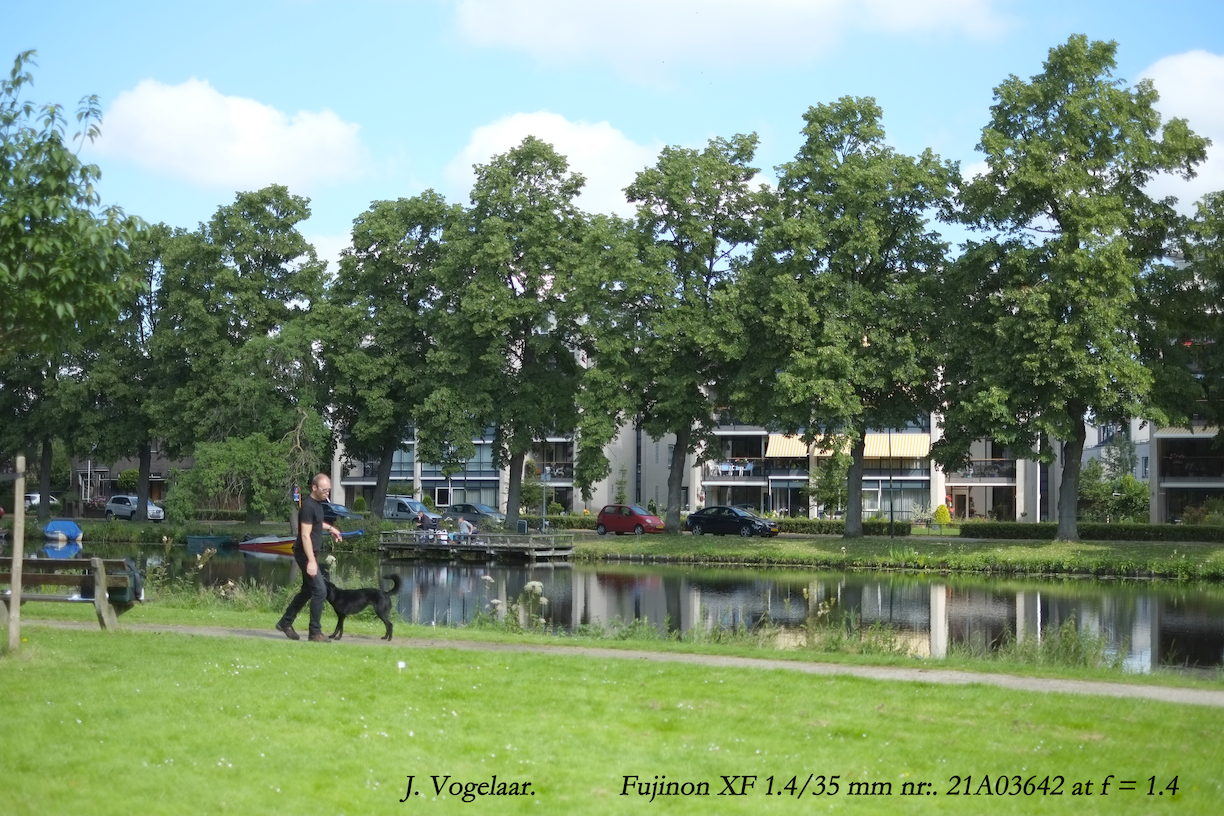
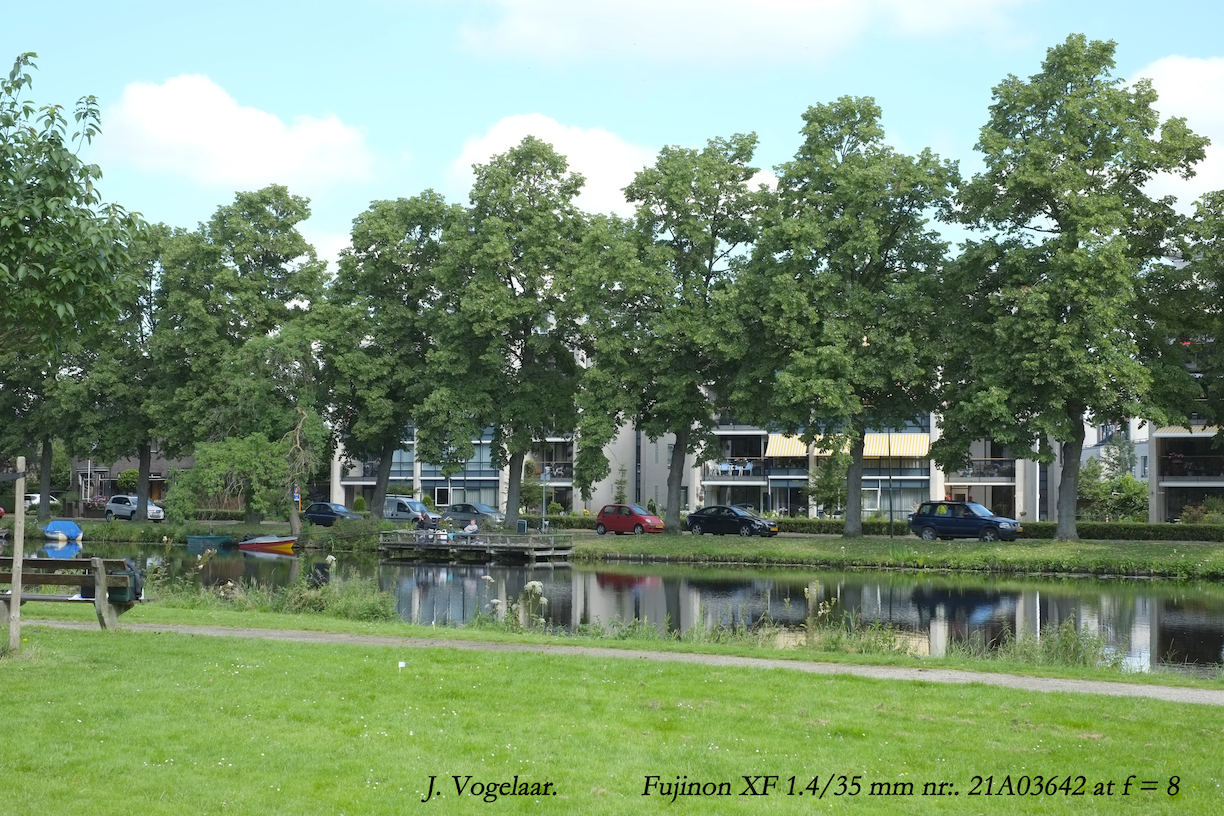
This very fast Fujinon XF 1.4/35 mm lens is a pleasure to use. Not the most compact, but still light weighted and an excellent performer.
The center is at f = 1.4 already very sharp: excellent. The very minimal light fall off disappears in one stop. There is minimal chromatic aberration in the very far corner only at f = 1.4. Stopped down to f = 5.6 the chromatic aberrations disappears completely even in the very far corners.
An easy to handle, very fast wide-angle lens living up to all expectations.
.
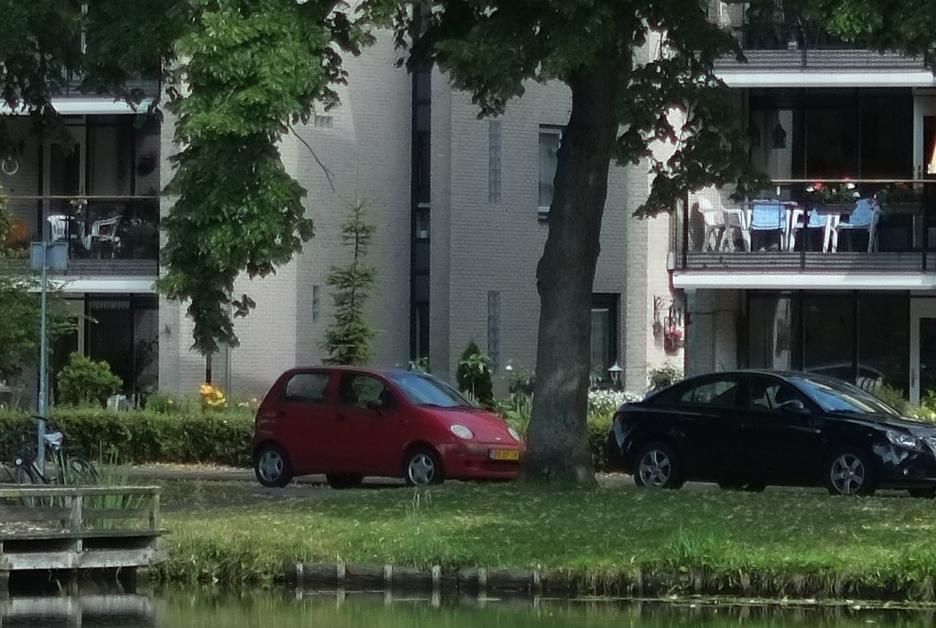
Center crop Fujinon XF 1.4/35 mm at f = 1.4
.
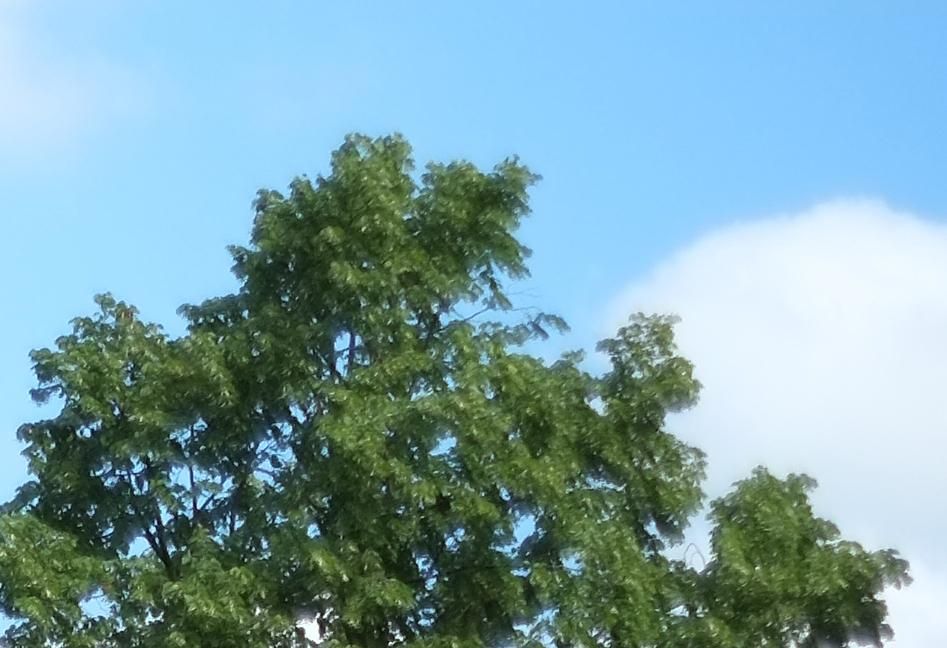
Corner crop Fujinon XF 1.4/35 mm at f = 1.4
.

Center crop Fujinon XF 1.4/35 mm at f = 8
.
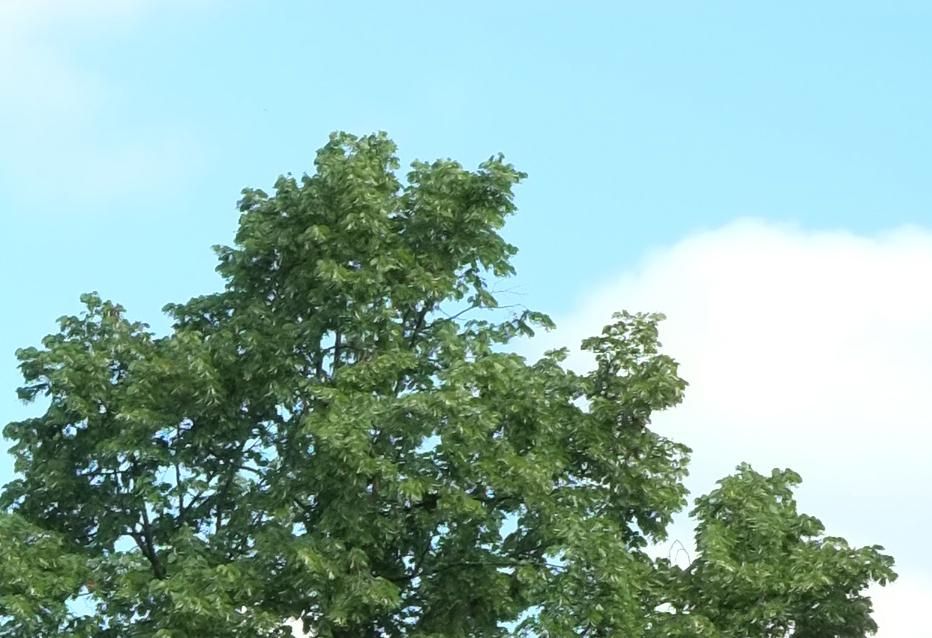
Corner crop Fujinon XF 1.4/35 mm at f = 8
.
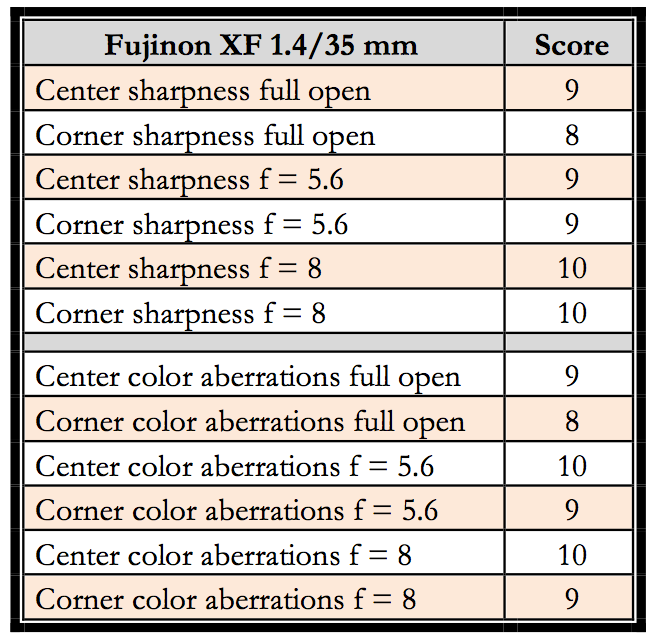
THE CARL ZEISS CONTAX G PLANAR 2.0/35 MM PERFORMANCE (ebay worldwide via slidoo)

